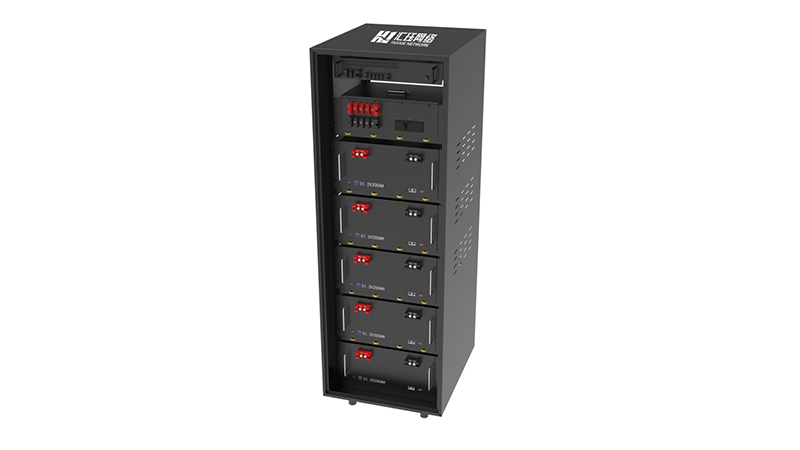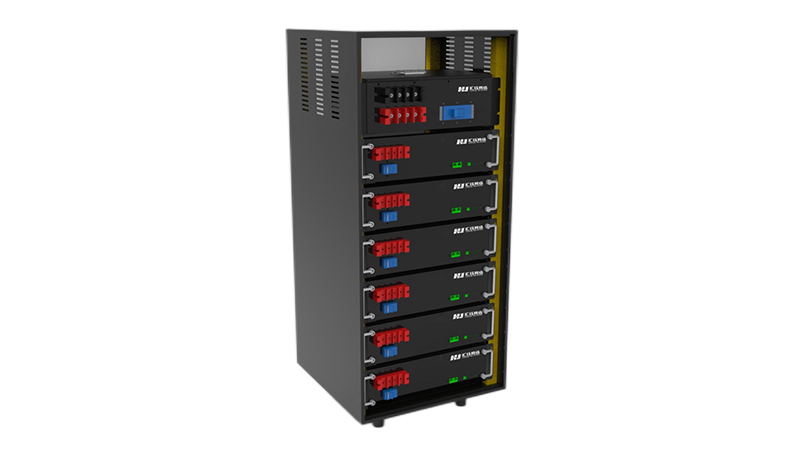
What is 6G
In short, 6G is the sixth generation wireless communication standard for cellular networks that will succeed the current 5G (fifth generation) standard. However, the research community does not expect 6G technology to replace previous generations. Instead, old and new technologies will coexist and work together to improve our lives.

Although 6G can learn from 5G in some aspects, there are still many blank technologies that need to be developed from scratch in order to meet the needs of more advanced technologies and completely change the way we connect with the world.
The first area of improvement is speed. In theory, 5G can achieve peak data rates of 20 Gbps, although the highest speeds recorded in tests so far have only been around 8 Gbps. In 6G, as we start to move to higher frequencies (above 100 GHz), the target peak data rate will reach 1,000 Gbps (1 Tbps), which is enough to support use cases such as stereoscopic video for enhanced virtual reality experiences.
We have actually demonstrated air interface transmissions at 310 GHz frequency with peak speeds of up to 150 Gbps.
In addition to speed, 6G technology will bring another key advantage: extremely low latency. This means communication can be performed with extremely low latency, allowing Internet of Things (IoT) and industrial applications to unleash their full potential. the
6G technology will provide enhanced connectivity and empower the future IoT to do more wonders. 5G is now capable of supporting 1 million simultaneous connections per square kilometer (or 0.38 square mile), and 6G will boost that number to 10 million.
But 6G brings us more than faster data rates and lower latency. Let’s discuss several new technologies that have a major impact on the new generation of wireless communications.
In 5G, we started to see the rise of machine-to-machine communications, and 6G promises to take that to the next level. The masses will be end users of 6G, and so will a growing number of devices. This shift will not only affect people’s daily lives, but will also bring changes to businesses and entire industries.
In addition to faster browsing for end users, we can also look forward to enhanced human-to-human communication through immersive, tactile experiences. Ericsson, for example, predicts the birth of an “internet of the senses,” the possibility of digitally making people smell or taste. Holographic telepresence and stereoscopic video (which we can think of as 3D video) will also be a use case, according to a report by the Next Generation Mobile Networks Alliance (NGMN). It’s all about bringing virtual, mixed and augmented reality into our everyday lives.
6G technology may have a greater impact on enterprises and industries, and ultimately benefit us as end users. Machines will then be able to handle millions of connections simultaneously, doing tasks they are not yet capable of.
The NGMN report predicts that 6G networks will enable ultra-high accuracy positioning and tracking. This could lead to advances such as allowing drones and robots to deliver goods and manage manufacturing plants; improve digital healthcare and remote health monitoring; and enhance the use of digital twins.
Digital twins will develop into a use case worth watching. Certain industries can rely on this important tool to efficiently troubleshoot a plant or a specific machine, and the list of similar benefits abounds. We can imagine creating a digital twin of an entire city and testing the replicas to assess which solutions are best for traffic management. The Singapore government has set out to build a 3D city model to prepare for the realization of smart cities in the future.
Creating a new world requires the adoption of new technologies. 6G can undoubtedly benefit greatly from 5G in areas such as edge computing, artificial intelligence (AI), machine learning (ML) and network slicing. At the same time, we need radical changes to meet new technical requirements.
The first is to understand how to operate in the sub-sub-Hz frequency range. 5G will need to operate in the millimeter wave (mmWave) frequency bands from 24.25 GHz to 52.6 GHz to reach its full potential, and the next generation of mobile connectivity will likely move to frequencies above 100 GHz, or sub-sub-Hz frequencies, and may even move into true terahertz frequency.
Why do you need to know this? As the frequency increases, the signal wave exhibits different characteristics. Pre-5G cellular communications used only sub-6 GHz spectrum, and signals could travel as far as 10 miles. At mmWave frequencies, signal propagation distances shrink dramatically to around 1,000 feet. The sub-subahertz signal propagation distance recommended by 6G is often smaller, only tens to hundreds of feet instead of thousands of feet.
Having said that, we can use new types of antennas to maximize the distance the signal travels. The size of the antenna is directly proportional to the signal wavelength, so the higher the frequency, the shorter the wavelength, and the size of the antenna can be reduced to be small enough to be deployed in large numbers. In addition, the antenna uses a technique called beamforming to direct the signal toward a specific receiver, rather than in all directions like the omnidirectional antennas commonly used before LTE.
Another important area is designing 6G networks for AI and ML. 5G has already begun to consider adding AI and ML to existing networks. In the 6G era, we have the opportunity to build from scratch a network that is inherently adapted to these technologies.
A report by the International Telecommunication Union (ITU) claims that by 2030, the world will generate more than 5,000 exabytes (or 5 billion terabytes) of data every month. With so many connected users and devices, we will have to rely on AI and ML to perform tasks such as managing data traffic; allowing smart industrial machines to make real-time decisions and use resources efficiently, and more.
Another challenge that 6G needs to address is security — how to keep data safe so that only authorized users can access it. The solution is to have systems that can automatically predict complex cyberattacks.
The last technology requirement is virtualization. With the evolution of 5G, we will gradually move to virtual environments. Today, the Open RAN (O-RAN) architecture offloads more processing and functionality to the cloud. Solutions such as edge computing will become more common in the future.
Sustainability is at the forefront of the telecommunications industry today. It is true that with the advancement of 5G, 6G is getting closer and closer to us, and humans and machines will consume more and more data. Taking our carbon footprint in the digital world as an example, sending a simple email is equivalent to releasing 4 grams of carbon dioxide into the atmosphere.
Fortunately, 6G technology promises to help humanity become more sustainable in various applications. Optimizing the use of natural resources on a farm is an example. By using real-time data, 6G will also enable smart vehicles to do route planning, which will help reduce carbon emissions and distribute energy better, thereby improving energy efficiency.
Additionally, researchers are putting sustainability at the center of their 6G projects. Components such as semiconductors using new materials should reduce power consumption. Ultimately, we expect that next-generation mobile connectivity will help achieve the United Nations Sustainable Development Goals.
The industry agrees that the first version of the 3rd Generation Partnership Project (3GPP) standard to include 6G will be finalized by 2030. Early versions of 6G technology could go into trial operation as early as 2028, a decade or so away like previous generations of standards. This is the vision announced by the Next Generation Communications Alliance (Next G Alliance).
Before a new generation of mobile connectivity is brought to market, international bodies discuss technical specifications to enable interoperability. For example, making sure your phone works anywhere in the world.
ITU and 3GPP are both well-known standardization bodies, and they have also set up working groups to evaluate the global 6G research progress.
In addition, the development of technology also takes time. Many 6G functions need to be realized with the help of new solutions that break through the conventions in materials and methods, and it will also take time to develop such solutions.



